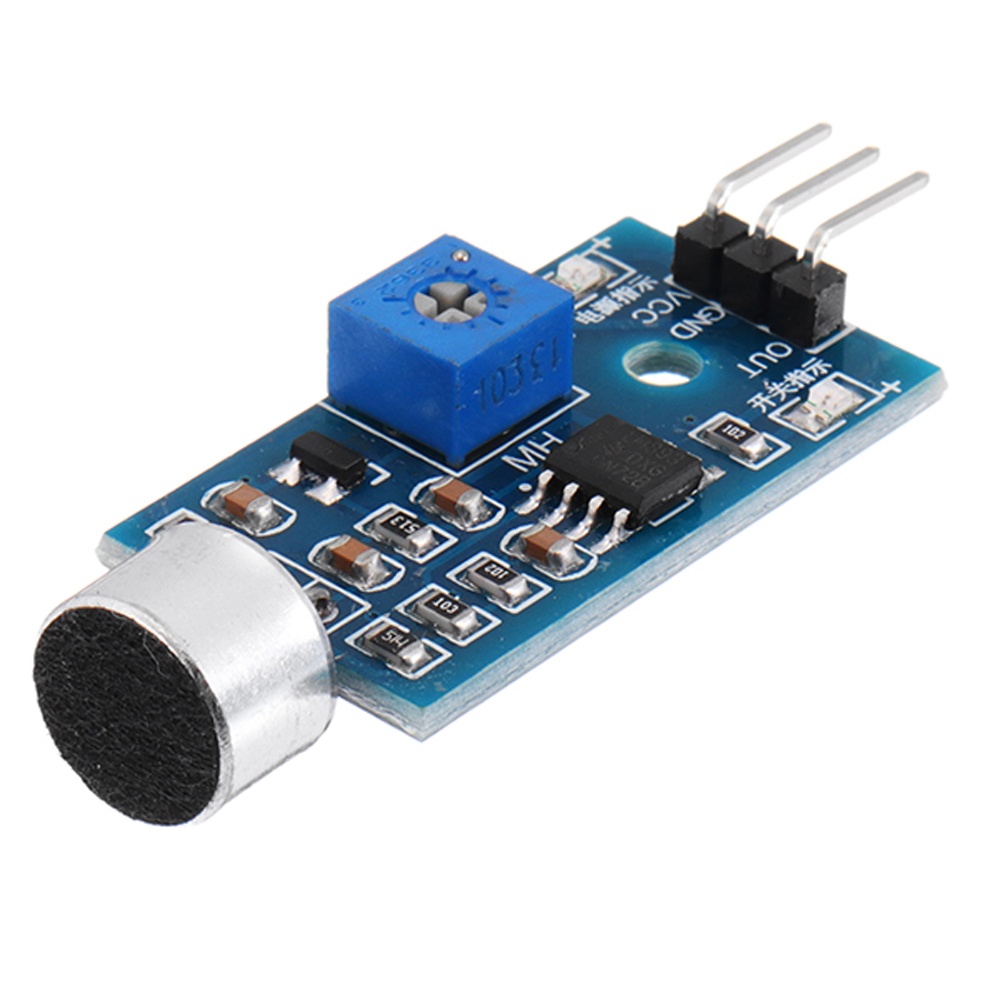Sound sensors are devices that can detect sound waves and convert them into electrical signals. These sensors play a crucial role in auditory-related robotic functions, such as voice recognition, sound localization, and environmental noise monitoring.
Sound sensors typically use a microphone to detect sound waves. The microphone converts the sound waves into electrical signals, which are then processed and analyzed by a microcontroller or microprocessor. This allows the robot to perform specific actions based on the detected sound.
Sound sensors are essential components in many robotic applications. They enable robots to interact with their environment and respond to auditory cues. Some common applications of sound sensors in robotics include:
The micro:bit is a versatile microcontroller that can be used to sense sound levels. It has a built-in microphone that can detect sound waves and convert them into electrical signals. The micro:bit can then process these signals to measure sound levels or detect specific sounds.
input.onSound(DetectedSound.Loud, function () {
basic.showString("Hello!")
})
basic.showNumber(input.soundLevel())
